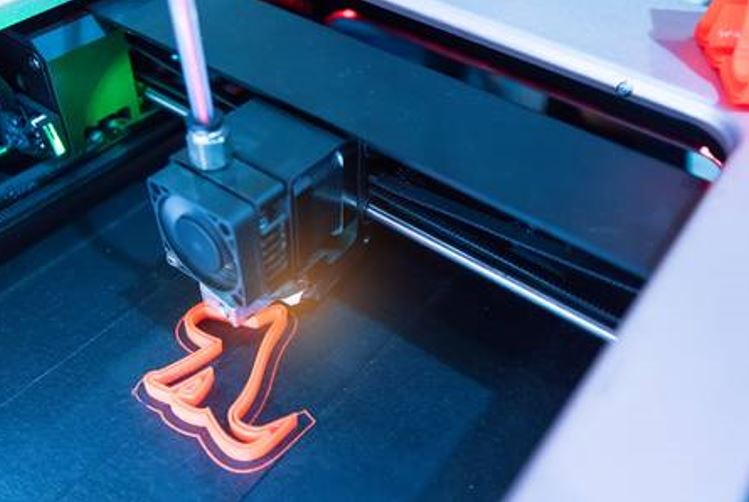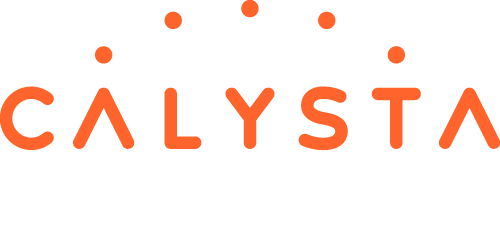
The challenges IP is facing from 3D printing
Additive manufacturing has the potential to dramatically facilitate manufacturing processes and facilitate the copying of innovative products. The following article analyses the different challenges caused by 3D printing for the IP strategy for business models based on additive manufacturing as well as traditional business models.
A classic product contains many parts which are manufactured by different suppliers all over the world. Those parts need to be sent to a factory, where they are assembled. The final products need then again to be sent to the final clients. This process is work intensive, administratively complex and resource wasting. Additive manufacturing like 3D printing claims to resolve many of these problems. It reduces the material needed for printing the product. The complex supply chain and the distribution is completely replaced by sending a digital 3D printing file to a local 3D printer where the final product is printed. Therefore, additive manufacturing is called one of the disruptive technologies of our century. The Covid crisis proved how powerful 3D printing technology can be, when classical manufacturing techniques could not quickly adapt to the rapidly increasing demand on valves for respiratory masks and they were manufactured by local 3D printing centres. However, additive manufacturing brings also severe challenges for protecting innovations.
-
Risks from additive manufacturing for technology protection
Traditional products are often protected by a patent. But maybe even more important than the patent protection was the practical obstacles for manufacturing the product. These obstacles can be trade secrets necessary for manufacturing the product or simply the initial investment in the machines, the supply chain and the distribution chain for the copied product. 3D printing removes all these important hurdles and significantly facilitates copying products.
a) 3D printing file
Once a digital printing file for printing a product is available, there is no practical obstacle any more to manufacture the product and a legal enforcement of an existing IP might become very challenging. Something similar also happened in the music and film industry, when illegal digital copies of artwork downloadable from the internet made the enforcement of the copyright of the artwork very difficult. For products which are already originally manufactured by a 3D printer, the protection of the 3D printing file is thus an important challenge in additive manufacturing. It is also possible that a 3D printing file is created by reverse engineering a product. This can be done for example by 3D scanning of a product. In each case, it is desirable to get a strong protection on 3D printing files which allow the manufacturing of a copy of the product to be protected.
b) Different ways of manufacturing a product via 3D printing
Many conventional products are protected by patents. However, very often key features of the product and the patent protection are strongly related to the classical manufacturing technology. 3D printing allows often to avoid such key features of the product and could lead to a loss of protection for the same product when produced by a 3D printer. A simple example is the step of assembling which were irreplaceable in traditional manufacturing, but which might not be necessary any more for the same product produced by a 3D printer.
-
Protection of innovative products
We try to analyse how an IP strategy can cope with the new challenges from additive manufacturing
a) A proper protection of 3D printing files
All development efforts of a company for a product manufactured by 3D printing will finally be in the 3D printing file. Therefore, a key topic in an IP strategy is how to protect the file itself.
Often the most effective protection is keeping the content of the file secret which is commonly called trade secret protection. This includes to take the proper measures to reduce the number of persons having access to the content of the 3D printing file and create a secure technical environment for the printing file including encryption for storing and transmitting the 3D printing file. However, not all business models allow to keep the 3D printing file secret.
3D printing files created by a company are often protected by copyright. Even if the enforcement of copyright protection of digital files is difficult for a large number of small copyright infringements as seen in the entertainment industry, it still gives legal measures to act against identical copies of the original 3D printing file. In case of larger volume infringements, the copyright protection can be very effective. However, already redesigned 3D printing files or 3D printing files obtained by reverse engineering fall often outside the copyright protection.
Therefore, the patent protection of 3D printing files is also very important. The patent protection can be directed not only to the product, but also to the 3D printing files for manufacturing the product. This can significantly increase the enforcement options against distributers of the 3D printing files which do not actually manufacture the product compared to a patent just protecting the product. The patent protection is more difficult to circumvent than a copyright protection and provides thus a strong legal protection for the 3D printing file. A further advantage of the patent protection compared to copyright protection is that 3D printing files created by third parties, e.g. by scanning the product, are also covered and provide thus also a protection for products conventionally manufactured.
b) Protection of 3D printing business models
In the recent years, we have more and more clients that want to protect business models where 3D printing plays an important role. We noticed that each business model has different challenges and requires a different individualized IP strategy, even more than for classic business models. A deep understanding of the working principles of additive manufacturing and of its risks for being copied is necessary to develop a proper IP strategy for protecting 3D printing business models.
c) Protection of traditionally manufactured products
For special business cases including 3D printing, the awareness for the topic is high and a proper IP strategy can be developed. For traditionally manufactured products, the risk of additive manufacturing is unknown and often ignored. This might be justified at the moment, but could come back in some years, when the additive manufacturing technologies will advance to become competitive with the current manufacturing technology. Therefore, it is key that your patent attorney has sufficient knowledge of 3D printing technology to predict potential risks from additive manufacturing for the IP protection of your product and raise the awareness of the client for this risk. For example, it might be simple to add a protection for a 3D printing file for a physical product, when the awareness of the patent attorney or the client for the potential risk of being copied might be present.
-
Summary
3D printing is certainly on the rise, and we will see more and more business models and products based on additive manufacturing. However, also traditional manufacturing will certainly not die out. A deep knowledge in 3D printing and in protecting it is necessary to protect products in the future properly. This holds true for products manufactured not only by additive manufacturing, but also by traditional methods. Our patent attorneys have worked for 3D printer manufacturers and for numerous companies using 3D printers for manufacturing parts of the product or the whole product itself. We are looking forward to support you in optimizing your IP strategy in view of the upcoming challenges provided by additive manu
